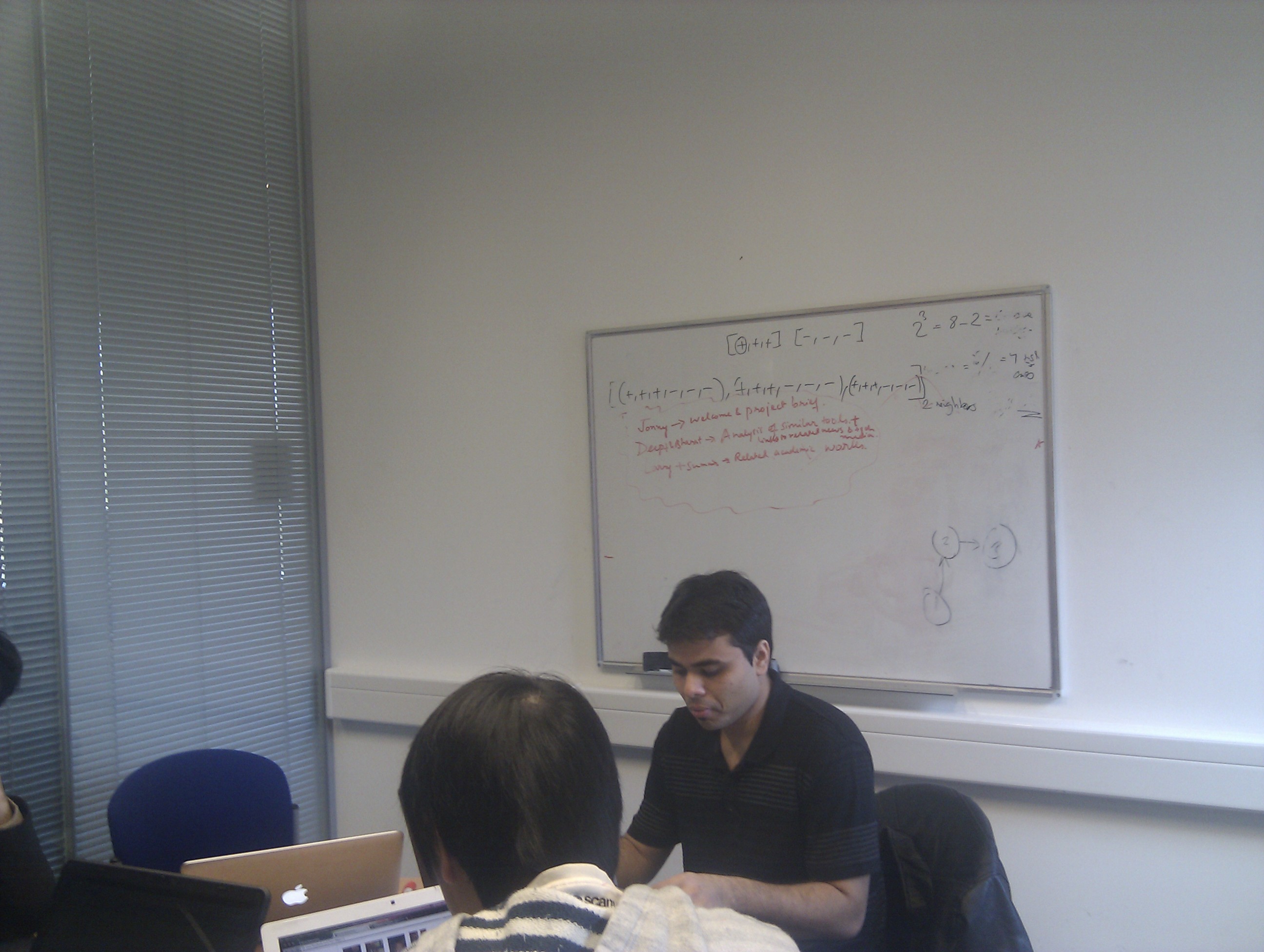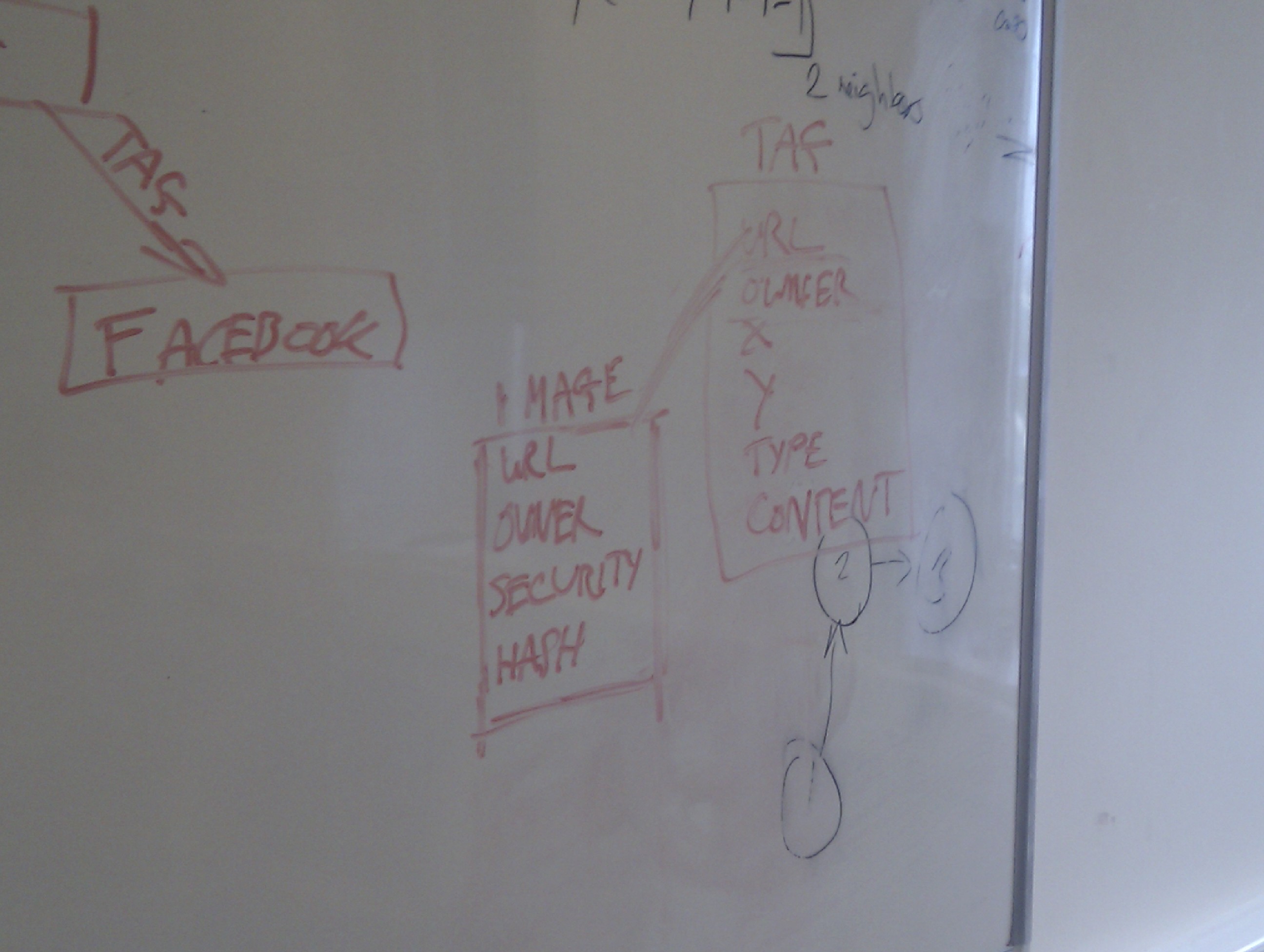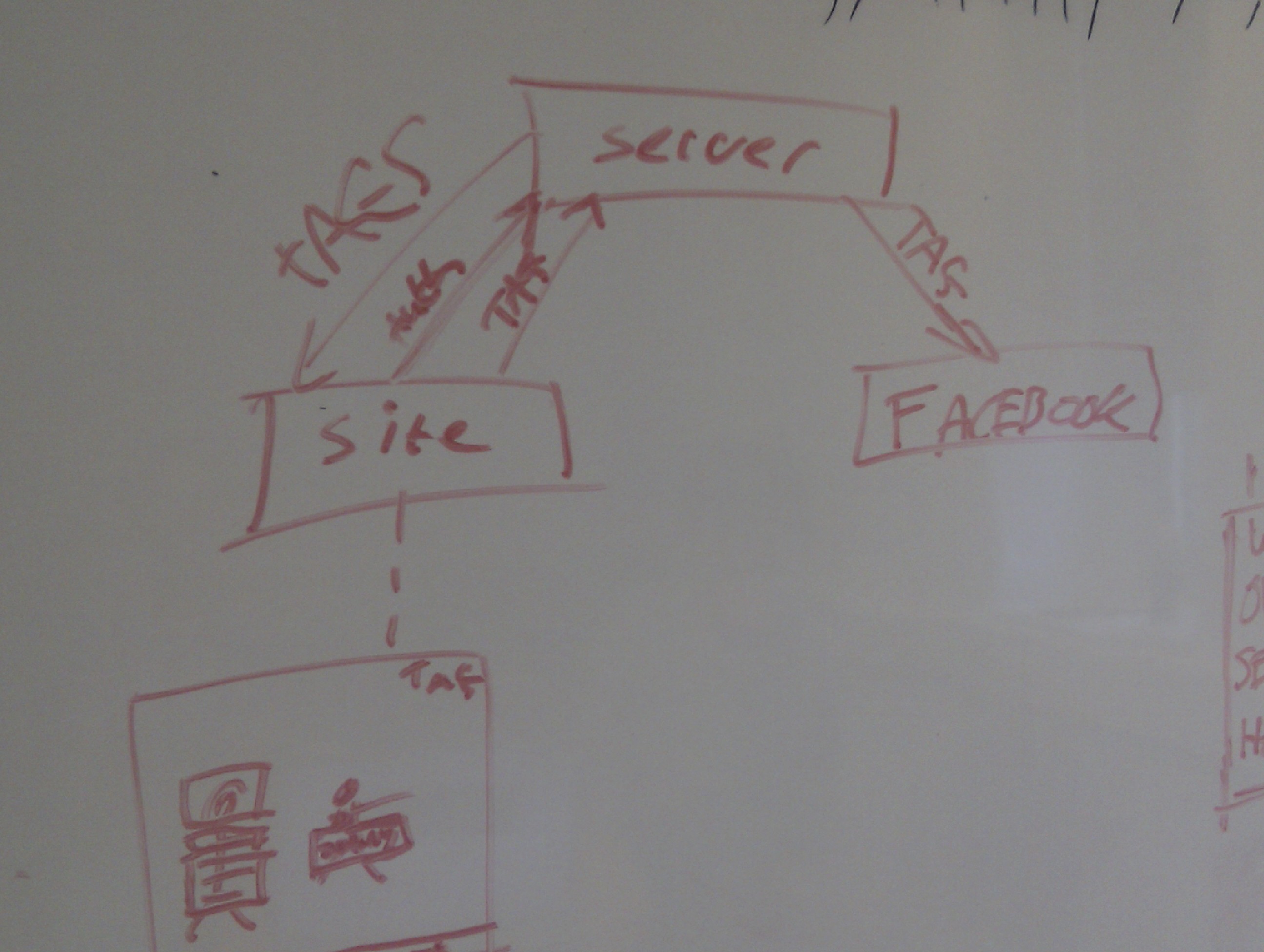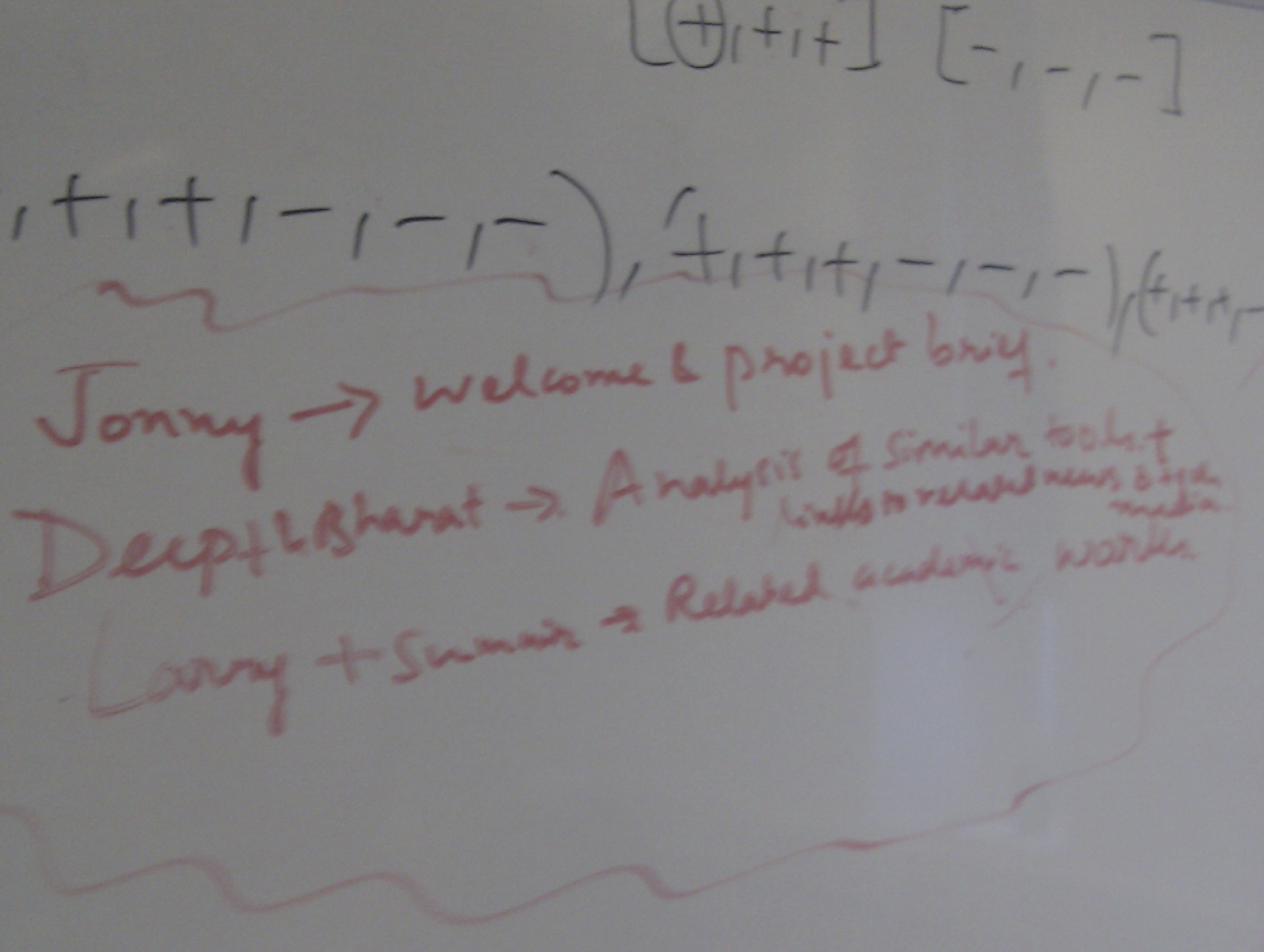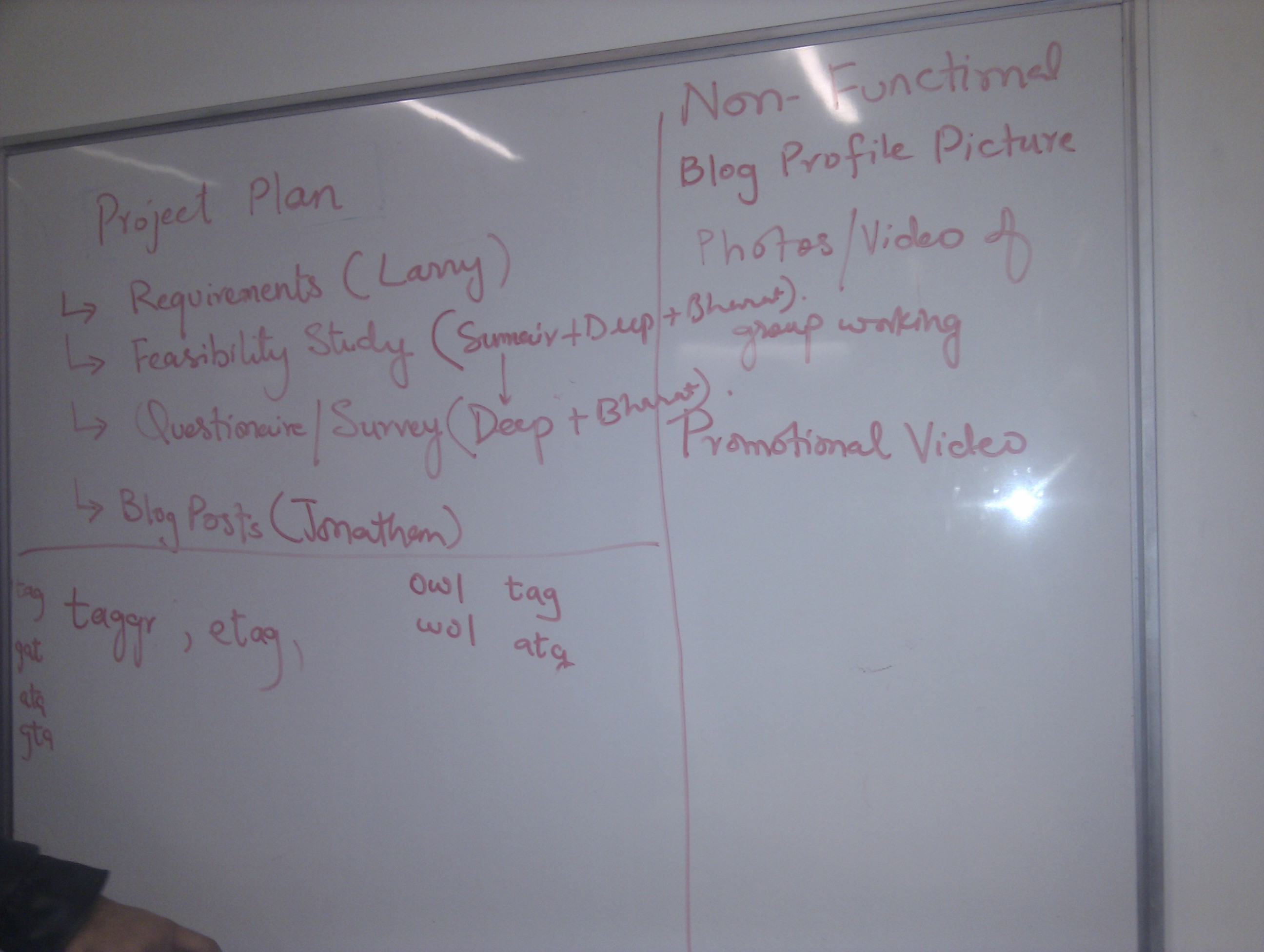Considering this a social networking system/project, the term feasibility is very broad. It can include the items of the pre-requirement report of a conventional software project and literature from computer science and non-computer science fields. Therefore, we have to include surveys, questionnaires, relevant research papers, articles, books, blog posts and numerous other sources of information and statistics.
Let’s have a look at some keywords, the first obvious keyword is ‘tagging’. Now this term is used in computer science in numerous contexts, so it is vital to clarify that what we are using this term for.
Having said that all the perspectives concerning the term tag/tagging are somewhat related. In computer science, particularly in web 2.0 this term refers to a non-hierarchical keyword assigned to the piece of information.
With the advent of this concept or to be precise after the birth of the semantic web followed many terms such as tag (metadata), tag system, tag cloud and tagging etc. with the key idea “add meaning to the web”. From then on this is an active area of research and many significant milestones have been reached. Terminologies and frameworks have been defined to structure the whole process of adding some sense to the web thanks to the article by Sir Tim Berners Lee (2001).
Tagging is the process of assigning personal keywords (“tags”) to resources by users. The related concept folksonomy is the set of labels that emerges from the tagging process. This term is a contraction of the words “folk taxonomy.”
The rise of social bookmarking Web sites have skyrocketed tagging systems into the mainstream. Two of the most visible examples of this phenomenon are Del.icio.us, a site for tagging Web bookmarks, and Flickr, a site for sharing and tagging photographs. Many tagging systems require that tags be a single word, however, others don’t, and conceptually there’s nothing to prevent tags being multiple words long.
Many tags users create are essentially subjects for the resource, for example, a topic covered by a Web site, or the people or location present in a picture. Yet others are more administrative in nature, and due to the personal nature of tags, only meaningful to the individual who created them, for example, the name of a project to which a resource was relevant, “todo” or “unread” to remind a user to take some sort of action, or “español” to bring out other non-topical aspects of a resource.
Tagging receives criticism from library circles for lacking some of the benefits a predefined controlled vocabulary offers. The primary arguments are that tagging doesn’t offer synonym control or distinguish between two meanings of a word.
Interestingly, the criticisms given generally don’t cover another, more powerful, feature of controlled vocabularies also lacking in tagging systems: known relationships between terms.
Use of Such Systems
The tag lines of del.icio.us (keep, share, discover), and Flickr (store, search, sort, share) give insight into the goals and possibilities of tagging systems. The goal of tagging systems is generally for individual users to manage resources for personal use. Most provide some facility to share the tagging (and possibly resources) with others, and some store copies of resources for the user. The key is that tagging is a personal phenomenon—the primary goal is to assist an individual with resource management tasks.
Tagging sites have built upon the data created by users for that personal management purpose to provide other services, such as resource discovery. The nature of both the resources that tend to be managed by tagging sites and the tagging process itself support users who casually browse for interesting resources. However, many tagging implementers realize that synonym and homonym control could improve the services provided on top of tag data.
A Web search should reveal various methods currently in various stages of implementation to attempt to identify (and in some cases, prevent) synonyms and homonyms in tagging systems, and identify relationships between tags.
Tag clouds (see, for example, the tag cloud for the Flickr all-time most popular tags) are graphic representations of frequently-used tags from a particular service. The size and weight of the font of a tag represents its relative frequency to the other tags. Tag clouds provide an at-a-glance view of the contents of a tagged collection.


